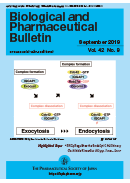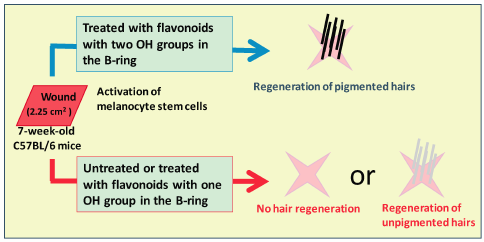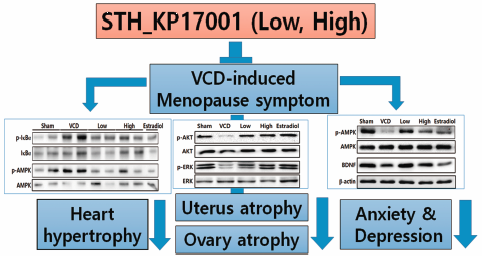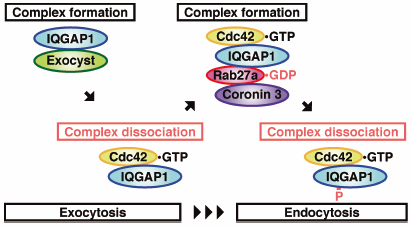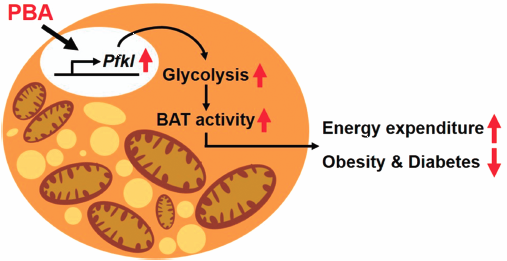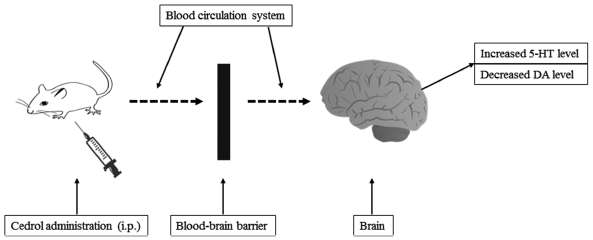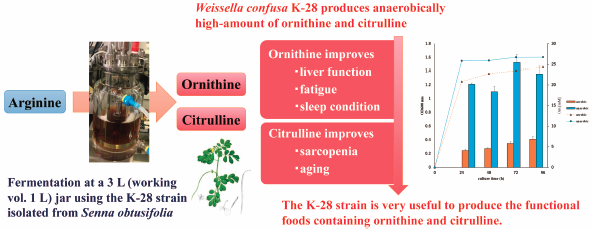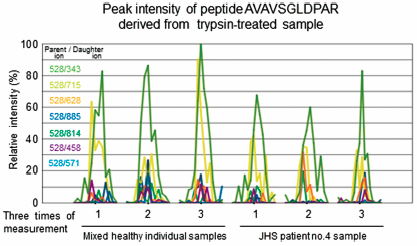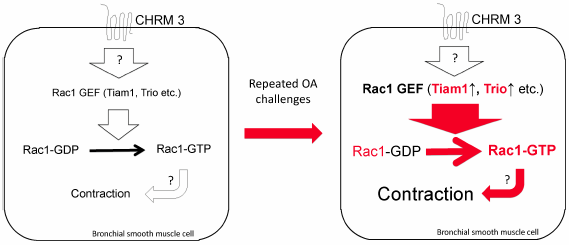Volume 42, Issue 9
Displaying 1-24 of 24 articles from this issue
- |<
- <
- 1
- >
- >|
Review
-
2019Volume 42Issue 9 Pages 1437-1445
Published: September 01, 2019
Released on J-STAGE: September 01, 2019
Download PDF (785K) Full view HTML
Communications to the Editor
-
2019Volume 42Issue 9 Pages 1446-1449
Published: September 01, 2019
Released on J-STAGE: September 01, 2019
Download PDF (3645K) Full view HTML -
2019Volume 42Issue 9 Pages 1450-1455
Published: September 01, 2019
Released on J-STAGE: September 01, 2019
Advance online publication: June 19, 2019Download PDF (2873K) Full view HTML
Regular Articles
-
2019Volume 42Issue 9 Pages 1456-1463
Published: September 01, 2019
Released on J-STAGE: September 01, 2019
Download PDF (1106K) Full view HTML -
2019Volume 42Issue 9 Pages 1464-1470
Published: September 01, 2019
Released on J-STAGE: September 01, 2019
Advance online publication: July 02, 2019Download PDF (2475K) Full view HTML -
2019Volume 42Issue 9 Pages 1471-1481
Published: September 01, 2019
Released on J-STAGE: September 01, 2019
Download PDF (4421K) Full view HTML -
2019Volume 42Issue 9 Pages 1482-1490
Published: September 01, 2019
Released on J-STAGE: September 01, 2019
Download PDF (993K) Full view HTML -
2019Volume 42Issue 9 Pages 1491-1499
Published: September 01, 2019
Released on J-STAGE: September 01, 2019
Advance online publication: June 14, 2019Download PDF (3597K) Full view HTML -
2019Volume 42Issue 9 Pages 1500-1509
Published: September 01, 2019
Released on J-STAGE: September 01, 2019
Download PDF (7343K) Full view HTML -
2019Volume 42Issue 9 Pages 1510-1516
Published: September 01, 2019
Released on J-STAGE: September 01, 2019
Download PDF (956K) Full view HTML -
2019Volume 42Issue 9 Pages 1517-1523
Published: September 01, 2019
Released on J-STAGE: September 01, 2019
Advance online publication: June 14, 2019Download PDF (1459K) Full view HTML -
2019Volume 42Issue 9 Pages 1524-1531
Published: September 01, 2019
Released on J-STAGE: September 01, 2019
Advance online publication: July 02, 2019Download PDF (1962K) Full view HTML -
 2019Volume 42Issue 9 Pages 1532-1537
2019Volume 42Issue 9 Pages 1532-1537
Published: September 01, 2019
Released on J-STAGE: September 01, 2019
Editor's pickGlucose-stimulated insulin secretion is controlled by both exocytosis and endocytosis in pancreatic β-cells. Although endocytosis is a fundamental step to maintain cellular responses to the secretagogue, the molecular mechanism of endocytosis remains poorly defined. Kimura et al. have demonstrated the regulatory mechanisms of the IQGAP1/GDP-bound Rab27a endocytic machinery. PKCε, which was activated by glucose stimulation, phosphorylated IQGAP1 on Ser-1443, thereby promoting the dissociation of the IQGAP1/GDP-bound Rab27a complex in pancreatic β-cells. Insulin secretion is controlled by stage-specific complex formation and the dissociation of IQGAP1 from its specific binding partners.
Download PDF (1781K) Full view HTML -
2019Volume 42Issue 9 Pages 1538-1544
Published: September 01, 2019
Released on J-STAGE: September 01, 2019
Download PDF (826K) Full view HTML -
2019Volume 42Issue 9 Pages 1545-1553
Published: September 01, 2019
Released on J-STAGE: September 01, 2019
Download PDF (3837K) Full view HTML -
2019Volume 42Issue 9 Pages 1554-1561
Published: September 01, 2019
Released on J-STAGE: September 01, 2019
Download PDF (3862K) Full view HTML -
2019Volume 42Issue 9 Pages 1562-1568
Published: September 01, 2019
Released on J-STAGE: September 01, 2019
Download PDF (2876K) Full view HTML -
2019Volume 42Issue 9 Pages 1569-1574
Published: September 01, 2019
Released on J-STAGE: September 01, 2019
Download PDF (864K) Full view HTML -
2019Volume 42Issue 9 Pages 1575-1580
Published: September 01, 2019
Released on J-STAGE: September 01, 2019
Advance online publication: June 29, 2019Download PDF (544K) Full view HTML -
2019Volume 42Issue 9 Pages 1581-1589
Published: September 01, 2019
Released on J-STAGE: September 01, 2019
Download PDF (1107K) Full view HTML
Notes
-
2019Volume 42Issue 9 Pages 1590-1595
Published: September 01, 2019
Released on J-STAGE: September 01, 2019
Download PDF (807K) Full view HTML -
2019Volume 42Issue 9 Pages 1596-1599
Published: September 01, 2019
Released on J-STAGE: September 01, 2019
Download PDF (308K) Full view HTML -
2019Volume 42Issue 9 Pages 1600-1604
Published: September 01, 2019
Released on J-STAGE: September 01, 2019
Download PDF (934K) Full view HTML -
2019Volume 42Issue 9 Pages 1605-1607
Published: September 01, 2019
Released on J-STAGE: September 01, 2019
Advance online publication: June 25, 2019Download PDF (558K) Full view HTML
- |<
- <
- 1
- >
- >|
